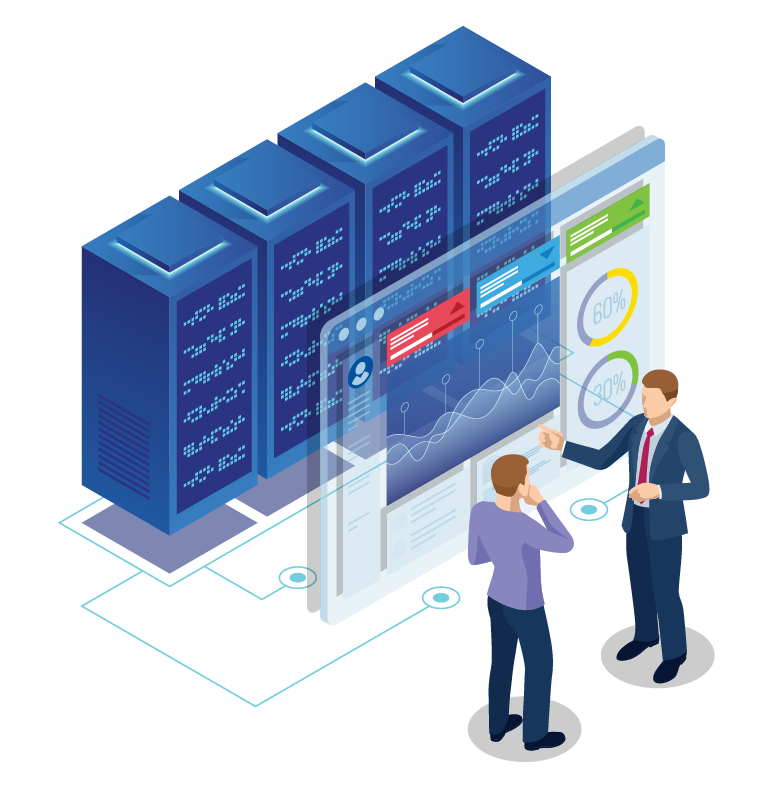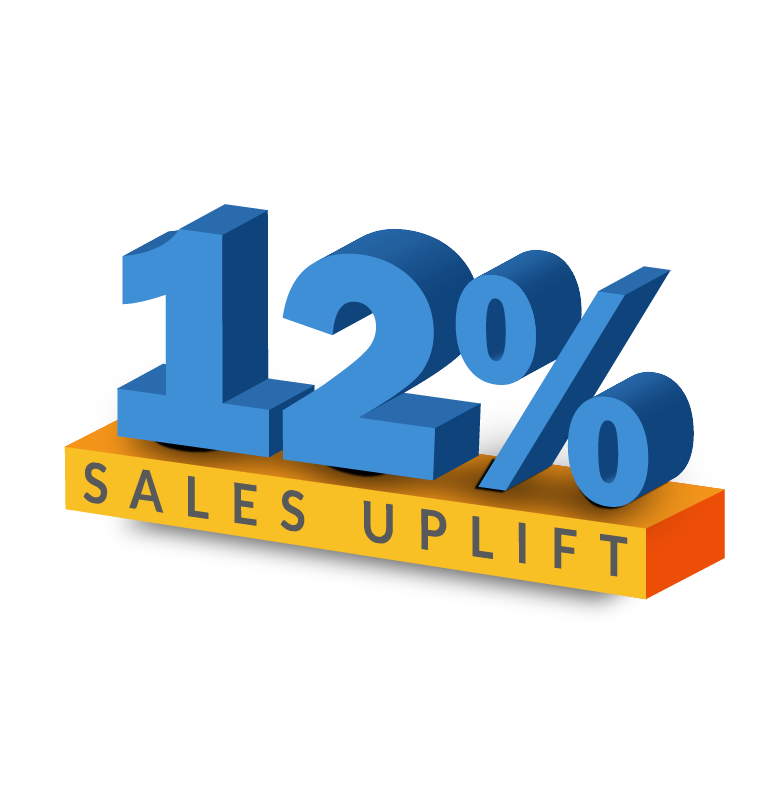Our client, a leader in the alcoholic beverages space, needed to improve their projections on a large scale: their reach includes 21 countries, and they wanted to forecast category volumes for an assortment of alcoholic beverages over 10 years. The end product had to facilitate the creation and testing of multiple scenarios in real time. The goal was to enable the client to estimate the impact and quantum required for various beverage categories.
One Simulator, Endless Scenarios
We delivered a simple, Excel-based simulator that delivered results in seconds. It allowed the company to:
- Explore hidden relationships between population growth, reach, and consumption frequency/intensity that are not readily available in conventional forecasts.
- Forecast category volume by manufacturer.
- Quantify potential behavior-based growth opportunities.
This simulator, called the Scenario Development and Intervention Engine, included 10-year category volume forecasts. It also produced baseline forecasts that projected current behaviors over expected population growth.
Building a Flexible, Long-Term Forecasting Tool
The backbone of this engine was weighted category guidance data from a survey. This data, as well as demographic projections, was fed into a 10-year cross-weighting algorithm that created the baselines described above. These were used to develop category volume and annual forecasts, which went into the analytics module.
We called this our ‘crystal ball’ forecasting method. Traditional forecasting is based on historical data and uses time-series, economic, and regression models to predict periodic sales figures. Traditional forecasting can predict seasonality, but the crystal ball method can predict behavior and consumption changes. The outputs can be broken down by gender, age, income, and other groups. And, instead of backwards-facing historical data, the crystal ball uses current data.
The finalized tool allowed users to create and test multiple scenarios over the baseline forecasts, modeling changes in consumer behavior and observing the result for different category volumes and revenues. Users could also test out various interventions and judge their impact. A simple interface allowed employees to develop reports and visualizations based on scenario output.
This new approach worked out so well for our client that a second version of the tool was developed for the US market. The requested customizations included increased granularity, additional variables for ethnicity and region, and modifications that allowed the client to see changes in volume and intensity in each scenario as well as the break of this volume across demographic and other segment cuts.

Delivering Accuracy, Long-Range Planning, and Uplift
Thanks to the Scenario Development and Intervention Engine’s scalability, teams can run multiple tests and weigh the probable outcomes for different scenarios. This permits them to estimate the impact of various changes across the population and what that will do to future revenue – leading to CAGRs of .5% in reach and .6% in frequency, which worked out to a 12% incremental gain in beer volume.


























